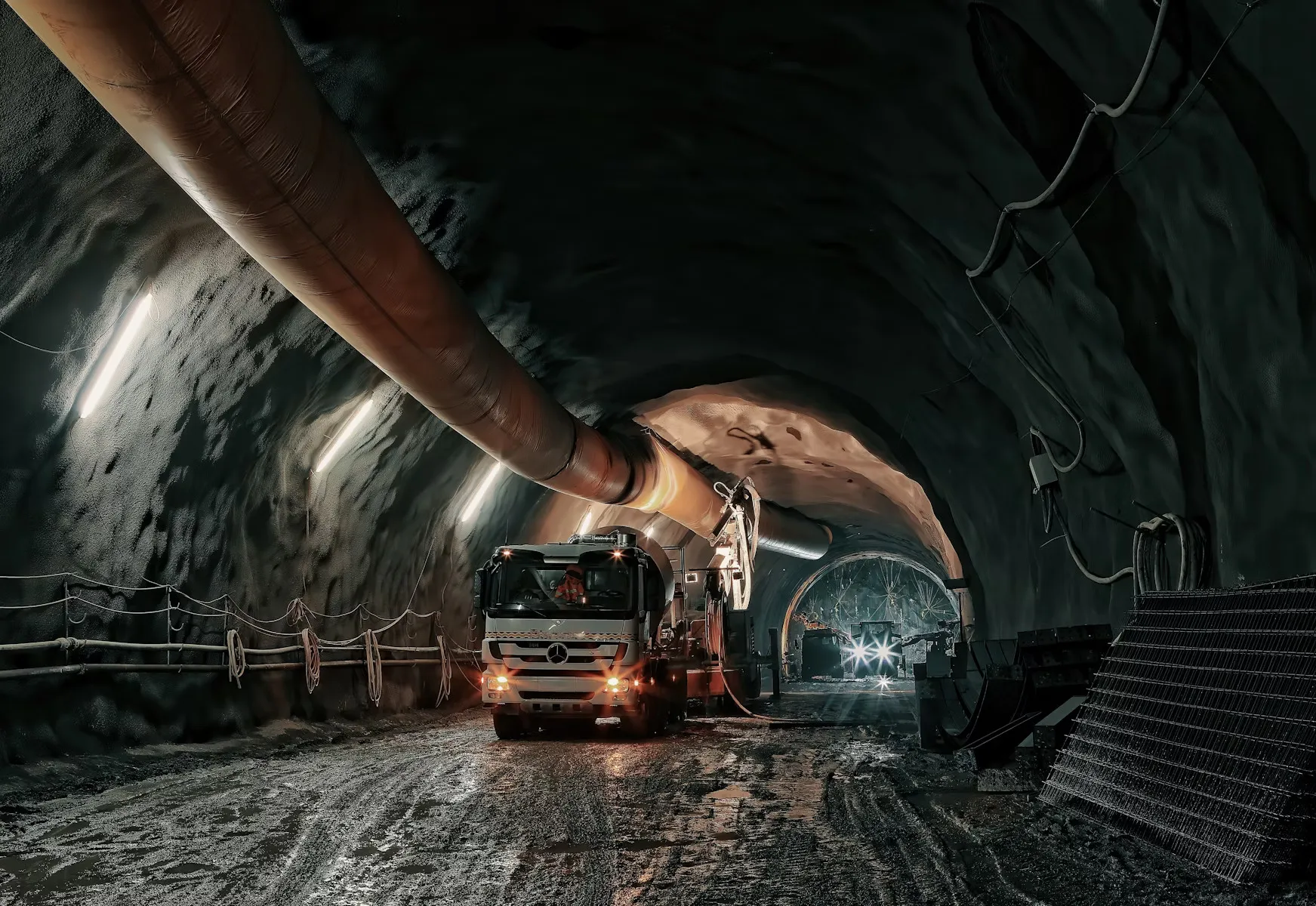CBTC - Automated Trains in Tunnels
Challenge: The goal of communications-based train control (CBTC) is an autonomous operations of trains. CBTC will roll out in
four levels, called grade of automation (GoA). To make fully autonomous trains (GoA4) a reality, one needs a secure and
ultra reliable low-latency communication (URLLC) radio link and at the same time a real-time localization system (RTLS) to track the trains
position and speed. Since most city trains operate as subways or trams running underground, satellite navigation is not a viable option.
Additionaly, tunnels cause radio signals to reflect and scatter along multiple paths, leading to poor performance of current wireless systems.
The MOXZ solution provides a single wireless system which combines URLLC and RTLS. By using
round-trip-time measurements positioning within meter accuracy can be achieved.
Furthermore, we are not only robust against reflections, but also can sense objects in the tunnel, even if they are out of sight.
This enhances not only reliability but also safety.
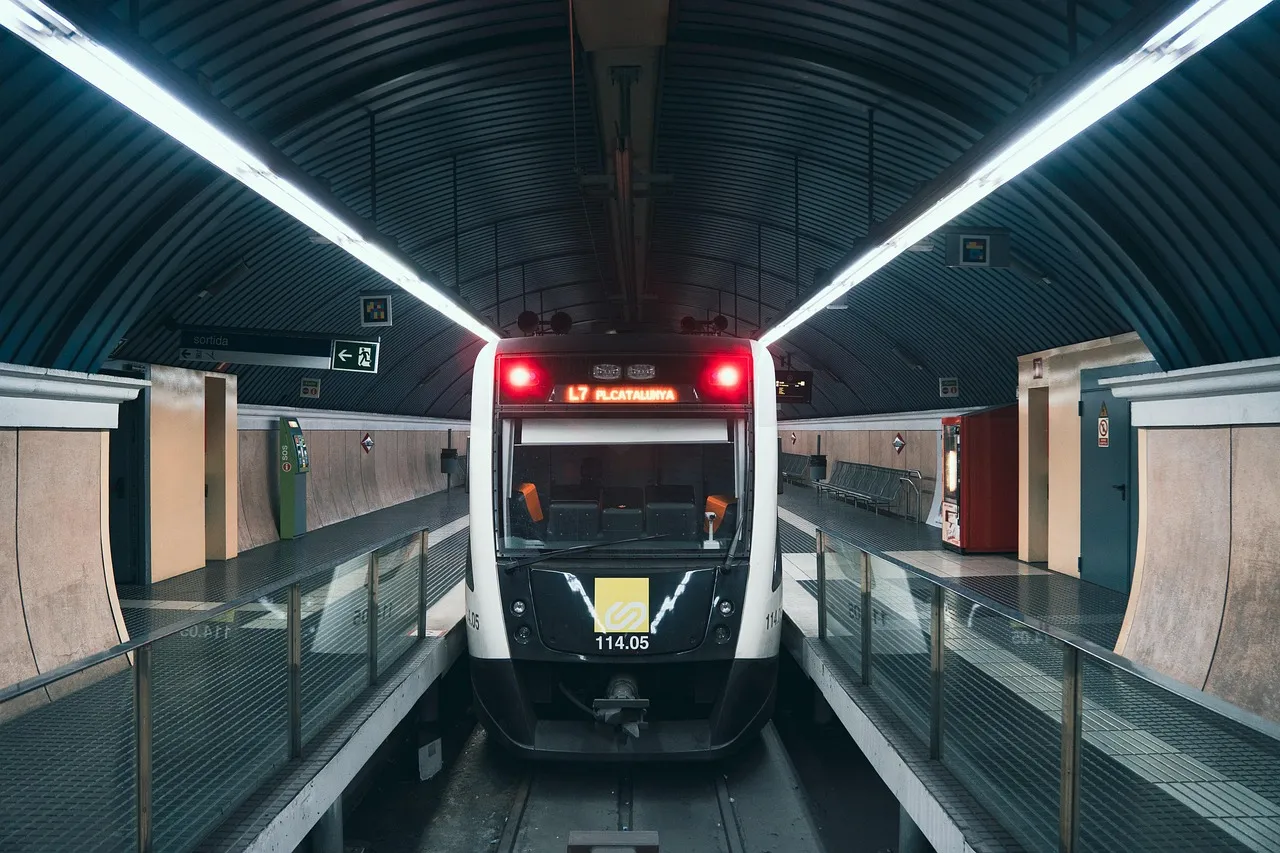
High-Speed Trains
Challenge: High-Speed trains are expected to transport thousands of people at speeds exceeding 500km/h. To guarantee a reliable and stable communication link the physical layer requires:
- Low Latency for a seamless handshake between different base stations
- High-doppler robustness
- Massive user access
- High data rates to ensure video streaming applications to all passengers
A particular challenge are here tunnel and canyon sections, where no line-of-sight path is available and the channel instead consist of many
multi-paths.
The MOXZ solution offers high-data-rates at high-speed can be provided to the train while enabling seamless switches between
base station along the wayside. Due to the robustness against multipaths, connection losses in tunnels and trenches will be things of the
past.
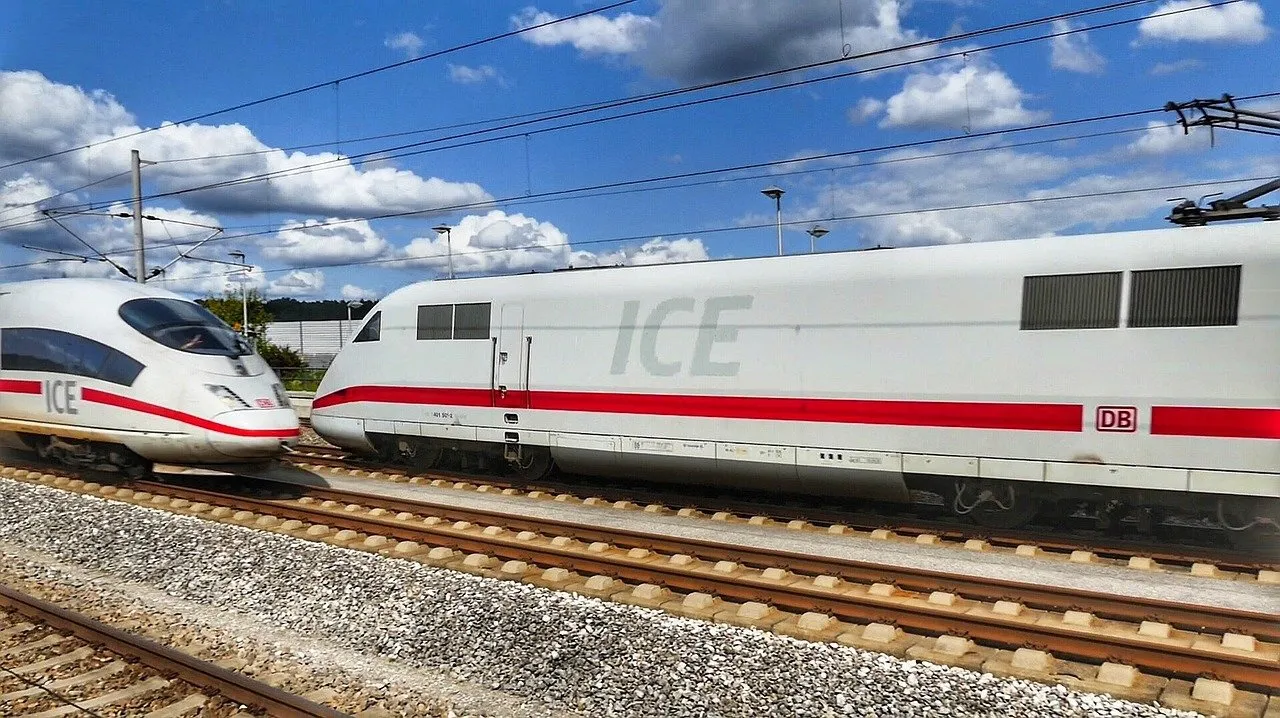
Critical Infrastructure
Challenge: Critical infrastructure use cases are the most challenging ones, where next to mobility and reliability demands, security and stealth come on top. Conventional links are vulnerable to detection, jamming, and spoofing. They also struggle with high mobility and can’t guarantee rapid link setup under threat.
- Long periods of radio silence
- Low Probability of Detection/Interception (LPD/LPI) with reliable operation in high-mobility scenarios
- Rapid link establishment and resilience under threat conditions
-
Secure multi-cast communication
The MOXZ solution empowers critical infrastructures with a unique combination of stealth and reactivity.
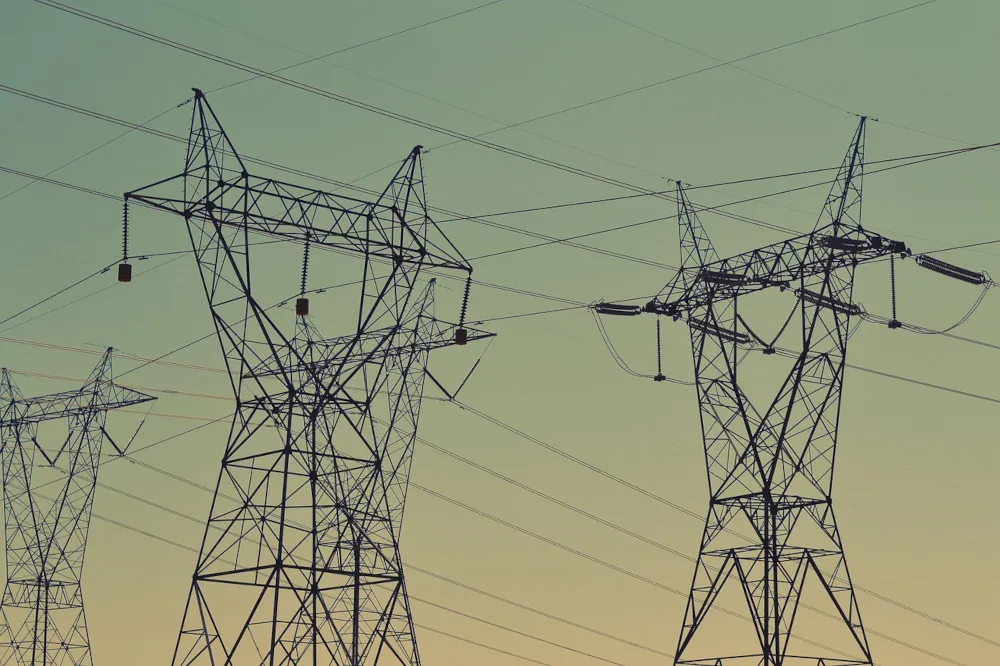
Car-2-Car
Challenge Communication between cars and infrastructure, called car-to-car/infrastructure (C2C/C2I) or vehicle-to-vehicle/infrastructure/everything (V2V/V2I/V2X), is the driving force in autonomous transportation on the roads. The main challenges in vehicle communication and sensing are:
- High mobility (relative speed differences of up to 300km/h)
- Low latency to allow for quick reactions at fast speeds
- Accurate sensing of the surroundings
- Asynchronous and sporadic communication
-
Multipath propagation and user interference
The MOXZ solution provides URLLC and RTLS features for the vehicles and infrastructure, there collected real-time environment data enable AI-technologies in the first place, to be able to control and maintain the safety and smoothness of the road traffic.
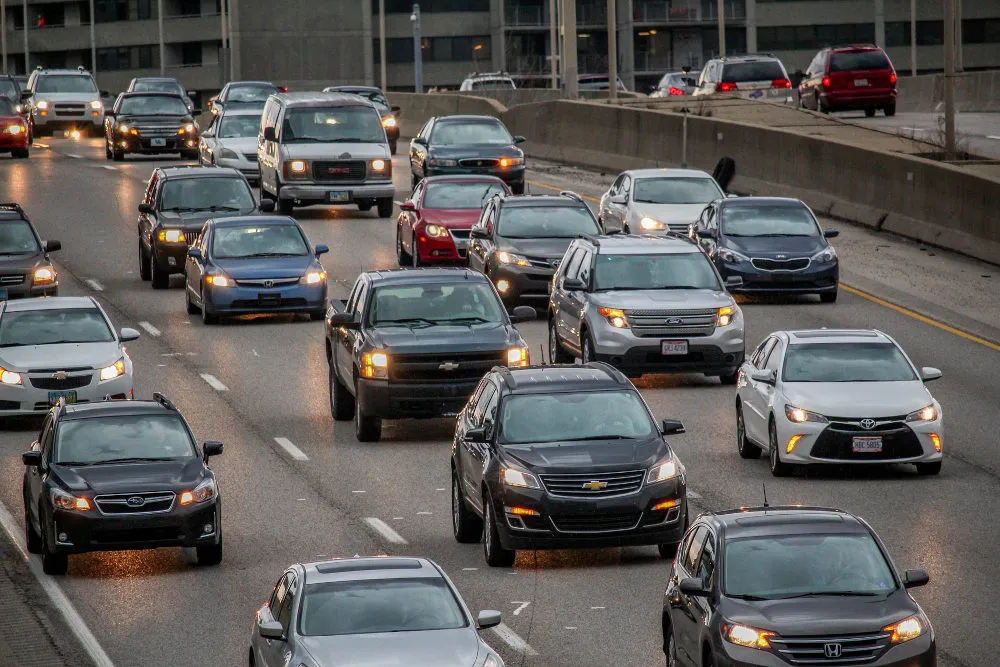
Localization and Tracking
Challenge: New wireless tracking technologies aim to develop low-cost, massive RF tags that not only transmit IDs to a reader in a passive
or semi-passive manner but also determine their locations from a distance of over 100 meters. Such functionality is essential
for warehouses and stores. Since this will also increase the number of tags/devices in a given sensing area, multiple secure access points
have to be deployed. Current technologies like radio-frequency identification (RFID) are limited in range to a few meters and
ultra-wide-band (UWB) cannot identify non-line-of sight conditions reliable enough, leading to large position errors in some cases.
The MOXZ solution provides not only reliable RTLS with longer-distance than RFID, but can also transmit sensor data, like temperature, pressure or other information of the tags. The ability to securely locate and identify any item will be the major driver in automation.

Drones
Challenge: Drones or unmanned aerial vehicles (UAV) face multiple challenges:
- Low power for long flight times
- Long range for large operational flight area
-
Multipath with
non-line-of-sight (NLOS) propagation in urban areas at low altitudes, with no visible contact - Low-Latency for a smooth control and video-streaming of the drones
-
Medium data rates for video surveillance (live streaming, navigating)
The MOXZ solution can enhance range and reduce latency for drone control. Moreover, using high data rate variants of MOXZ allows smoother video-streaming for first-person-view (FPV) drones.
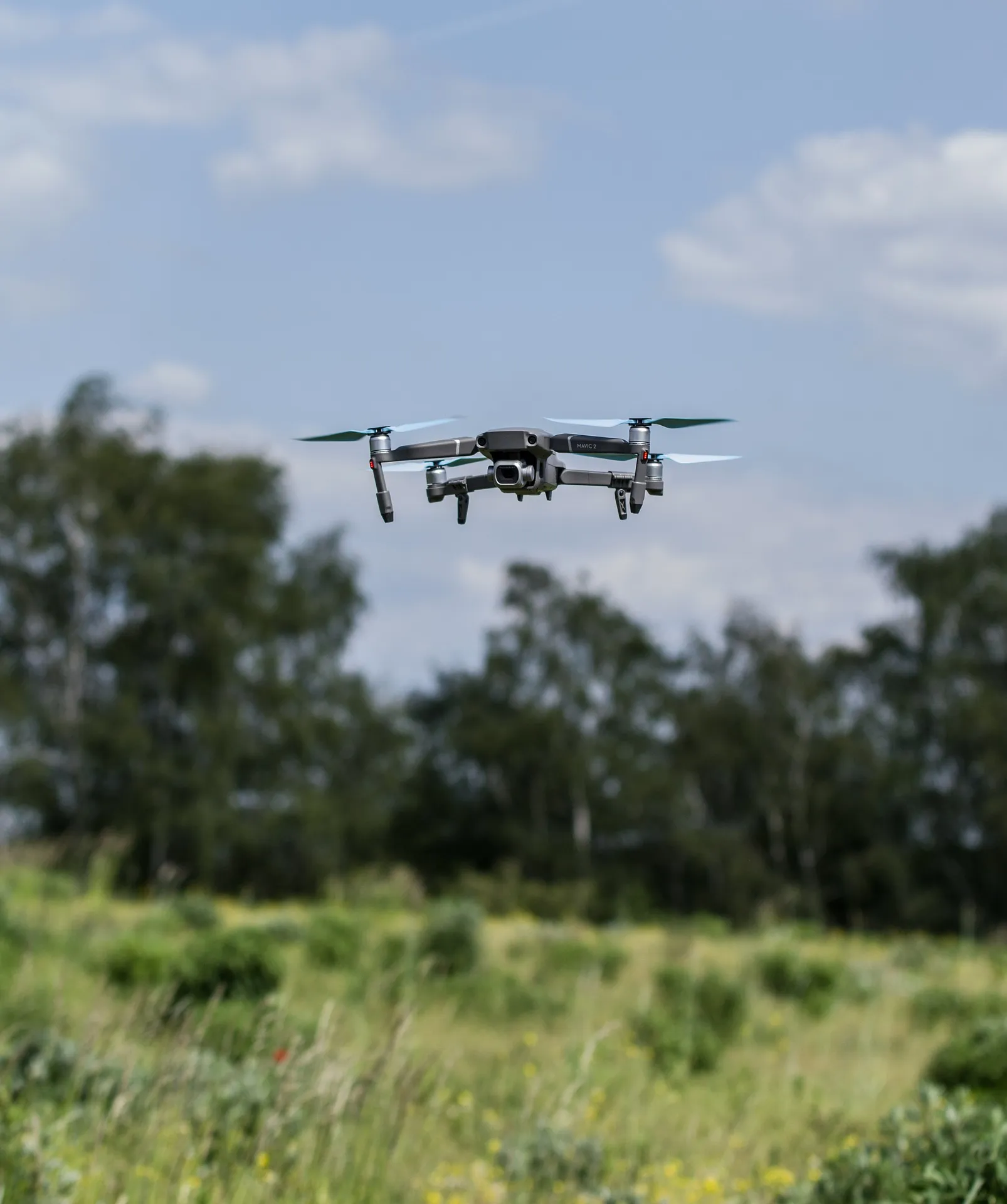
Industrial IoT
Challenge: Industrial IoT is the most challenging use case of the Internet of Things (IoT). Industrial automation,
also called the Industry 4.0, requires a massive access to the radio channel in a very sporadic and flexible manner. Coordinating such
a massive radio access under high mobility, combined with ultra-reliable low latency communication (URLLC) for high
safety margins and high processing standards, becomes extremely challenging. Flexible, robust, and low-latency signaling schemes, such
as MOXZ, are necessary to cope with these scenarios and demands. Additionally, positioning with high precision (sub-centimeter) will
be needed for the many manufacturing steps. Factories will also shield radio waves from outside mobile networks or satellite networks,
such as GPS, which requires a new and private wireless solution for these smart factories.
The MOXZ solution will enable true URLLC between machines and operators to ensure a safe and reliable automatization processes during the production and makes smart factories a reality.
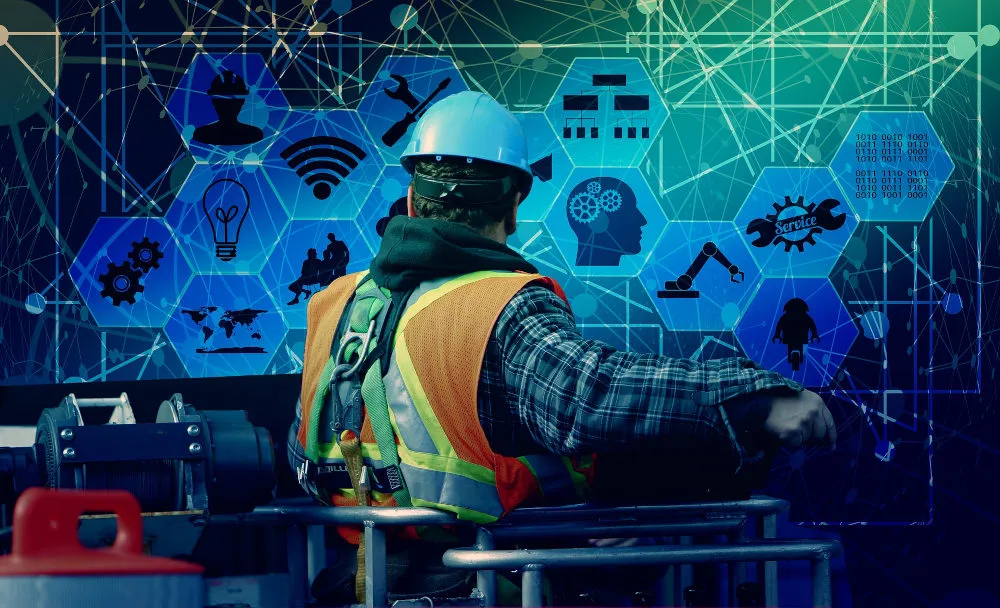
Medical IoT
Challenge: The most challenging aspects for wireless medical devices in hospitals, emergency rooms and on patients are:
- Low power for long lifetime
- Long range for mobility and daily use
- Robustness against interference for all-time reliability
To assist physicians in hospitals and operating rooms efficiently and effectively with wireless equipment, device communication must be reliable and easily accessible. Devices can be buried under a pile of other equipment, contain metal or other electrical components, which lead to rich multipath, interference, and shadowing of the radio waves.
The MOXZ solution will push the digitalization in health-care by providing reliable connectivity of all the equipment (IoT devices) to the hospitals personal and infrastructure, which will reduce the human workload and even safe lives due to faster operations.
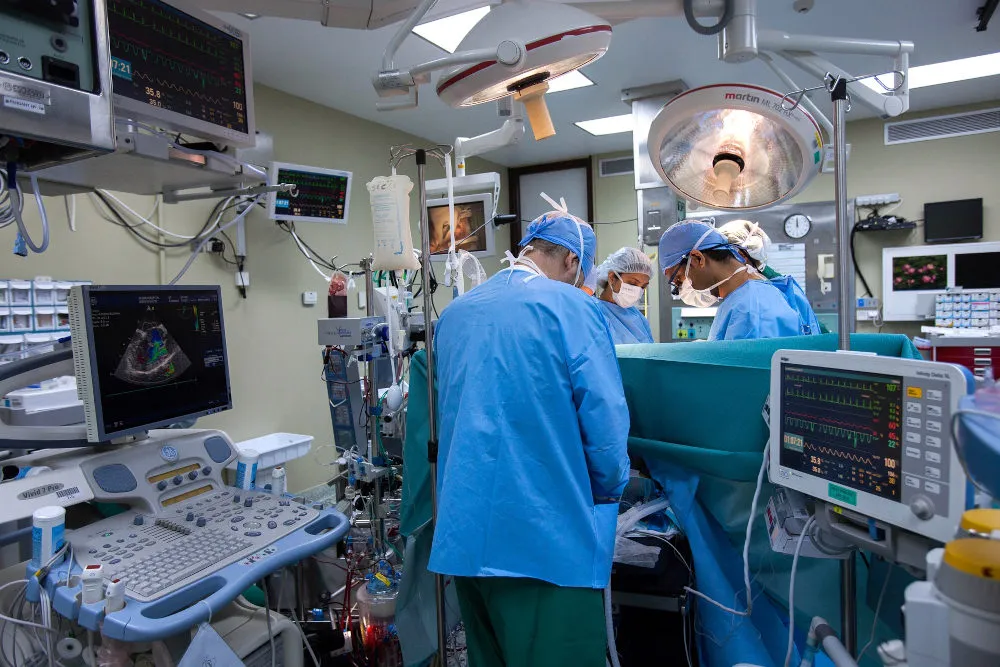
Underground Mining
Challenge: Underground mining demands the most rugged devices you can think of. They not only have to cope with rapid temperature drops, falling rocks, but also with corrosion, weather extremes and explosive conditions. On top-of all this, ultra reliability of the radio communication link is crucial to avoid accidents of people and materials. The main physical challenges for radio systems in underground mining are:
- Robustness against Multipath and non-line-of-sight conditions in long inhomogenous tunnels
- Long-Range and Reliability
-
Ruggedness of the radio equipment to avoid hardware failure, which could cause operation shutdown of the site
The MOXZ solution provides reliable communication links in any tunnel scenario, even with rough and highly reflective tunnel walls, due to ore and other conductive materials.
